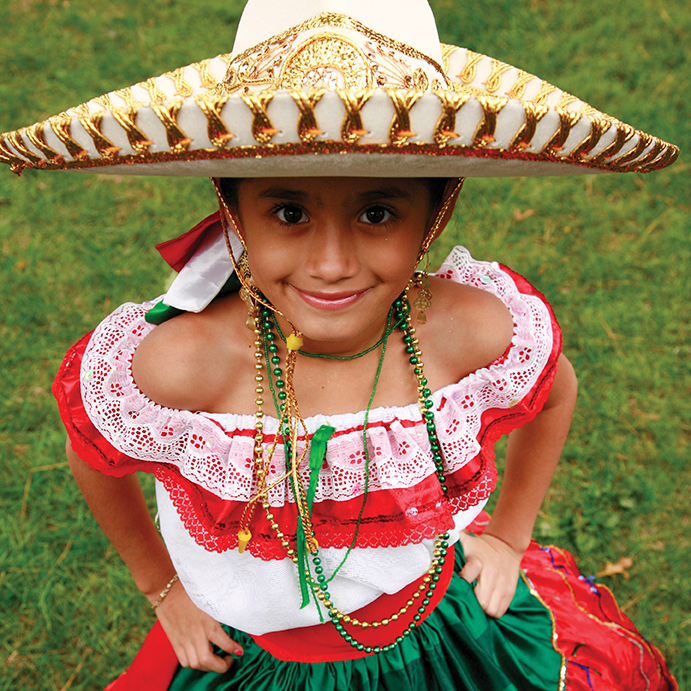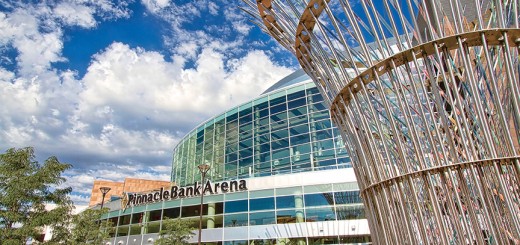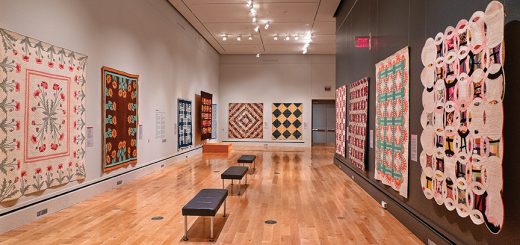Lincoln’s Culture Centers

by Sriyani Tidball
Lincoln’s culture has changed dramatically in the past decade. Mary Pipher wrote in her book, The Middle of Everywhere: The World’s Refugees Come to Our Town, “Now we’re one of the top twenty cities in America for new arrivals from abroad. Our supermarkets and schools are bursting with refugees from Russia, Serbia, Croatia, Bosnia, Hungary, and Ethiopia. Our Kurdish, Sudanese, and Somali populations are rapidly increasing. Even as I write this, refugees from Afghanistan, Liberia, and Sierra Leone are coming into our community.” She went on the say, “We are becoming a richer curry of peoples.”
Today in Lincoln unusual, ethnic vegetables are mainstream at ordinary supermarkets. When it comes to ethnic restaurants, Lincoln boasts of many, wonderful options. If you crave Indian food, you can chose from six different sophisticated Indian restaurants (I love The Oven.) Or if it is Thai, we have four restaurants, (my favorite is the Blue Orchid downtown), along with five Japanese restaurants. Recently a truly Korean restaurant, Yami, has opened plus many more—Viet Namese, African, Middle Eastern and genuine Mexican. All these restaurants are busy serving the Lincoln community with authentic dishes. Lincoln supports diversity, culture and now—
international cuisine.
The growth and influx of recent immigrants is having a notable impact on Lincoln communities. Refugees and immigrants are breathing new life into urban communities by establishing businesses and revitalizing neighborhoods. In the 1980s the refugee population began to increase in Lincoln and Lancaster County. Lincoln has resettled almost 5,500 refugees since 1983. According to the Asian Community Center, Lancaster County is the nation’s 18th largest resettlement area for Asian refugees and immigrants. Recently, Nebraska has become fifth in refugee resettlement per capita when compared with states of similar population. And for the last 18 years, half of the state’s refugees have resided in Lincoln, making our community rich in culture. Asian and Latino stores, markets and restaurants have brought new economic vitality to some neglected areas. As a result of these ethnical enclaves, Lincoln residents can find a good falafel sandwich or chrysanthemum vegetable drink as well as fresh Mexican food and bubble tea. (Read more about Lincoln’s Hispanic community on page 95.)
The Lincoln Public Schools boast that more than 30 different language groups are represented at the elementary level. To add to this, you can learn Spanish at the Hispanic Community Center, Lakota at the Indian Center, and Chinese, Japanese, Russian or a host of other languages at the University of Nebraska-Lincoln (UNL). Often, when you walk through a department store, you hear people speaking Iraqi, Vietnamese, French or Sudanese.
University of Nebraska-Lincoln (UNL) educates thousands of foreign students from many different nations to add more variety to the Lincoln’s mix. UNL has over 1,000 students from China, and a Chinese educational institute where Chinese culture is taught and appreciated by UNL students. With so many students from so many countries, UNL has become a very international place.
In 2010 the University of Nebraska-Lincoln (UNL) celebrated the opening of the brand new, state-of-the-art, Jackie Gaughan Multicultural Center, to showcase the importance of diversity and culture in education. The center champions many cross-cultural events during the year that are open to students and the Lincoln community.
Located at the heart of City Campus, right next door to the Nebraska Student Union, the $8.7 million, 30,000 square-foot center was built through a generous donation from the family of Jackie Gaughan of Las Vegas, along with funds from UNL. It facilitates multicultural programming with student lounges, a computer lab, meeting rooms, a large multi-use area, student offices, tutoring rooms and space for faculty, staff and students dedicated to diversity and multicultural programming. It also includes the staff of the Office of Academic Success and Intercultural Services (OASIS). The Gaughan Multicultural Center continues the tradition of past UNL Culture Centers by providing a ‘home away from home’ for underrepresented students, while welcoming all UNL students, faculty, staff, alumni and guests. For more information on the Gaughan Multicultural Center and related events, go to unions.unl.edu/jgmc.
Some of Lincoln’s more established ethnic groups have their own community centers that are not exclusive, but rather inclusive in sharing their differences with others. Volunteers and visitors are always welcome. Here are some of the more prominent community centers in the city.
The Indian Center, Inc. was formed in 1969 to provide services to Nebraska’s Native Americans and other Lincoln residents in the areas of food commodities, housing, culture, employment and health.
The center, known for its generosity, offers free lunch for anyone in need who comes through the front door. Its Senior Center, open Monday through Friday, 8 a.m. to 2 p.m., highlights specific programs for seniors. They offer special projects tailored for youth empowerment that include Indian child welfare, Native American Junior Achievement and summer youth programs. Other activities include an art exhibit and Lincoln pow-wows.
Every summer the center has a wonderful pow-wow where native
families come from all over the state and the region to enjoy a celebration very important to their heritage. Non-native folks are welcome to join
the celebration.
The center uses volunteers in its employment/training programs to help locate jobs in the community for the unemployed. WIA Work Investment Act and Lakota Language classes are offered weekly. For more information visit indiancenterinc.org.
El Centro de las Americas was created in 1982 and was originally operated from the home of a parishioner in Lincoln’s Spanish-speaking Catholic community. The current center offers educational and cultural activities. Thousands of people visit the center each year for services including emergency assistance, food, clothing, employment, empowerment, and educational opportunities. The center also provides a summer lunch program for children ages 18 and younger, bilingual mental health outreach and substance abuse programs, candidate forums, special tutoring and motivational programs for Hispanic high school students.
The annual Hispanic Heritage Festival is one of the special events run by the center annually. Each September the festival features food booths, music, performances, crafts, and fine and performing arts. The celebration includes a blending of traditions from Amerindian, African, Asian and European peoples. It is fast becoming a beloved Lincoln tradition. Read more at www.elcentrodelasamericas.org.
The Clyde Malone Community Center has long fought for civil rights and works to improve the lives of African-American residents of the Malone, Clinton and Hartley neighborhoods in Lincoln.
Strengthening family unity is the goal of many Malone programs. The center offers childcare, intervention programs for children at risk that include reading and writing assistance for elementary age students. Malone also provides substance abuse programs for elementary and secondary students, plus transportation to its after-school programs.
In late November, the center reaches 1,700 Lincoln/Lancaster County families with Thanksgiving baskets assembled by volunteers. Businesses and scout troops help collect some of the food, and the Malone Center gym becomes a makeshift warehouse the Saturday before the holiday. The Thanksgiving project is the center’s biggest volunteer effort. For more information, check out www.malonecenter.org.
The Asian Community and Cultural Center serves both Asian refugees and established members of Lincoln’s fast-growing Asian population.
To help new refugees become self-sufficient as they integrate into their new homes here in Lincoln, the center offers the Fusion Project. The Fusion Project works together with the different refugee groups, so they can build an educated and culturally rich community for all of Lincoln’s residents.
In addition to the Chinese Tai Chi Chuan (martial arts) classes, the Japanese Aki-Matsuri Fall Festival, and the Lion Dance Troupe (a traditional dance form), the center has developed programs that share all aspects of Asian cultures. Most of the volunteers are bilingual high school and college students who offer their services on a flexible schedule. For more information check out their website at www.lincolnasiancenter.org.
Many of the newer ethnic communities have formed their own cultural groups and often meet in local churches. If you are looking to find a community that you would like to know more about, a good place to start would be the Lincoln Public Schools. I believe there are over 30 different nationalities being represented there and many have organized school events.




Recent Comments